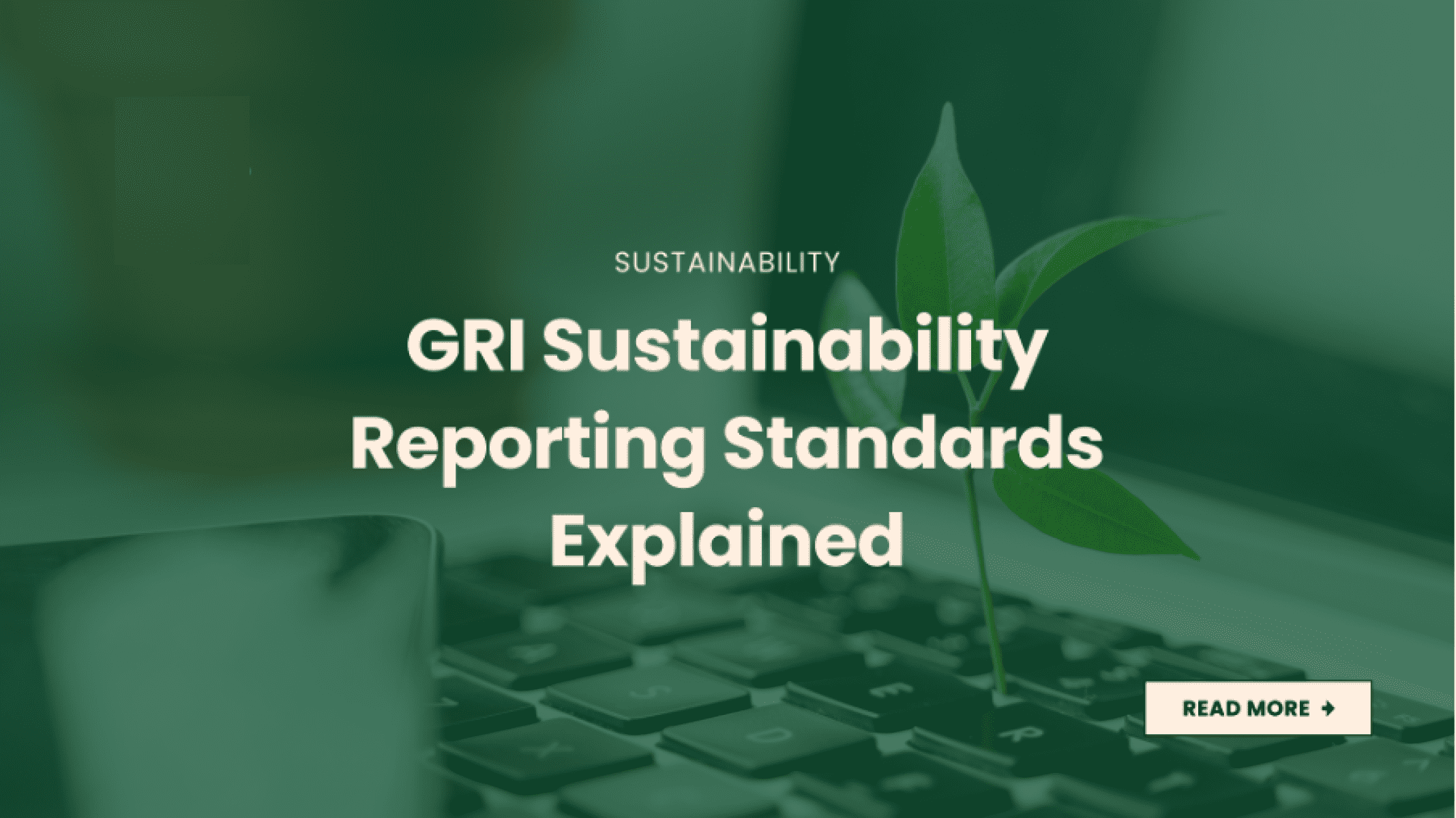In today’s rapidly evolving industrial landscape, businesses are increasingly under pressure to adopt sustainable practices. One of the most crucial steps in reducing industrial emissions and transitioning to a low-carbon economy is the strategic planning of decarbonization efforts. A key tool in this process is the Greenhouse Gas (GHG) Protocol, an internationally recognized framework for measuring and managing greenhouse gas emissions.
What Is the GHG Protocol?
The GHG Protocol is a comprehensive set of standards developed to help companies and organisations measure their GHG emissions, establish reduction targets, and track progress. It provides a structured way for businesses to understand their carbon footprint and enables them to make data-driven decisions about reducing emissions. By classifying emissions into three scopes, the GHG Protocol makes it easier for companies to target key areas of improvement:
- Scope 1: Direct emissions from company-owned or controlled sources.
- Scope 2: Indirect emissions from purchased energy.
- Scope 3: All other indirect emissions, including those in the supply chain and product life cycles.
Strategic Planning for Decarbonization
Using the GHG Protocol as a foundation, companies can craft a robust decarbonization strategy that aligns with both environmental goals and business needs. Here’s how:
- Baseline Emissions Measurement: The GHG Protocol allows businesses to accurately measure their baseline emissions, which is the starting point for any decarbonization effort. By understanding where emissions come from, companies can prioritise actions that yield the greatest reductions.
- Setting Reduction Targets: With a clear understanding of their emissions profile, businesses can set science-based reduction targets. These targets can be aligned with global initiatives, such as the Paris Agreement, and reflect a commitment to meaningful change.
- Integrating Technology: Industrial decarbonization often involves adopting new technologies to reduce emissions. This can include energy-efficient equipment, renewable energy integration, and carbon capture solutions. By strategically planning these investments, businesses can balance cost-efficiency with sustainability.
- Monitoring and Reporting: The GHG Protocol also provides guidelines for monitoring progress and reporting on emissions reductions. This transparency is critical for building trust with stakeholders and demonstrating accountability.
The Long-Term Impact
Implementing decarbonization strategies based on the GHG Protocol not only reduces emissions but also drives innovation, improves operational efficiency, and enhances a company’s reputation in an increasingly eco-conscious market. As governments continue to tighten regulations around carbon emissions, businesses that take proactive steps will be better positioned to stay compliant and competitive.
By leveraging the GHG Protocol for strategic planning, companies can accelerate their journey toward industrial decarbonization—a crucial step in achieving a more sustainable future.





